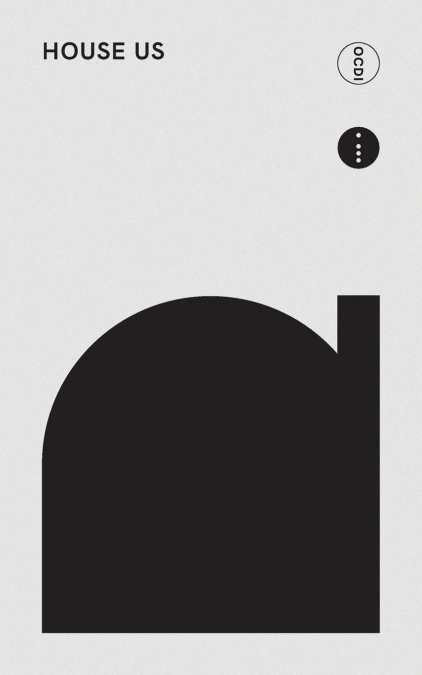
 Librería 7artes
Librería 7artes
 Donde los libros
Donde los libros
 Librería Elías (Asturias)
Librería Elías (Asturias)
 Librería Kolima (Madrid)
Librería Kolima (Madrid)
 Librería Proteo (Málaga)
Librería Proteo (Málaga)
What will House Us tomorrow? How have our lifestyles changed in recent years that might demand new forms of living? Can we rearrange or redistribute existing models to fit our needs? Or, must entirely new visions be speculated upon?In the 21st century, lifestyles that were once on the societal fringe have become conventional. The precariat working class never knows when they will pick up and leave for the next opportunity. The digital class works from their couch, a patio, or the beach as they please. Households of multiple sizes, cultures, and identities no longer fit the nuclear mold that conventional homes were designed for. So, should we adapt to our architecture, or should it adapt to us?Today, society can hack yesterday’s housing to make it work for today and tomorrow in unprecedented ways, which makes us question the role of a designer or architect in this context. Air BNB displays an appetite for housing that can produce economically for it owners, or provide more local, and less anonymous living for the nomadic. Collective housing start ups, such as We Live and The Commons, represent a desire for more social living in our urban centers and display that people are willing to give up possesions in favor of collective value. A housing service, Roam, allows digital nomads to sign a single lease in order to freely live between several residences around the world. In cities without some of these established services, it is popular for collections of strangers to live communally in over-sized single family houses.This sort of living is not new, but in the past it was thought to be reserved for ‘hippies’ or abnormal lifestyles. Today, some CEOs live exclusively off of Air BNB, while families can more easily rent out a granny flat to help make ends meet. If communal homes were once for a slacker generation, today they can house young professionals too.The way housing has been hacked in recent years proves that the general public is willing to consider how we own, share, and live in housing collectively. However, these hacks have not yet been elaborated upon in architectural forms. Urban populations are quickly rising, so housing needs are imminent. Although this presents a major issue for many cities, it is also a great opportunity to consider how we want to live in tomorrow.The idea of collective housing has existed for some time, although previous models have not persisted. Collective housing, as well as public housing, has often carried stigmas for being only for the lowest class, and is believed to have historically been a failure. Yet, the American Dream of the single family home has dissolved, and the general public have displayed their appetite for alternative forms of living.What failures and successes from the past can we learn from in order to inform collective housing typologies of tomorrow? Considering the unprecedented lifestyles of today, what new typologies must we develop? How will we reconsider elements from the individual’s cell, to the collective spaces, and their broader relation to the city?